Grow Your Own Hydrangeas From Cuttings
Grow Your Own Hydrangeas From Cuttings
Hydrangeas are beautiful, versatile shrubs that can add a touch of elegance to any garden. They come in a variety of colors, from the classic blue and pink to the more unusual purple and green. And, best of all, they're relatively easy to grow from cuttings.
If you're looking to add some hydrangeas to your garden, propagating them from cuttings is a great way to go. It's a relatively simple process that can be done at home with just a few basic supplies.
In this blog post, we'll walk you through the steps on how to grow your own hydrangeas from cuttings. We'll cover everything from choosing the right cuttings to planting and caring for your new plants.
So, let's get started!
Choosing the Right Cuttings
The first step is to choose the right cuttings. You'll want to select healthy, green stems that are about 6-8 inches long. The stems should have at least two or three nodes, which are the points where the leaves attach.
It's important to choose cuttings from a healthy plant that is in full bloom. This will ensure that the cuttings have the best chance of rooting.
Preparing the Cuttings
Once you've chosen your cuttings, you'll need to prepare them for planting. First, remove the leaves from the bottom two-thirds of the stem. This will help to reduce moisture loss and encourage root growth.
Next, dip the cut end of the stem in rooting hormone. This will help the cuttings to root more quickly.
Planting the Cuttings
Now it's time to plant your cuttings. You can plant them in a pot or in the ground. If you're planting them in a pot, use a well-draining potting mix. If you're planting them in the ground, choose a spot that gets full sun or partial shade.
Make a hole in the potting mix or soil that is just deep enough to accommodate the cutting. Place the cutting in the hole and firm the soil around it.
Watering and Care
After planting your cuttings, water them thoroughly. You'll need to keep the soil moist, but not soggy. You may also want to mist the cuttings regularly to help keep the humidity high.
Place your cuttings in a warm, bright spot that gets indirect sunlight. Avoid direct sunlight, as this can scorch the leaves.
Rooting Time
It takes about 4-6 weeks for hydrangea cuttings to root. Once the cuttings have rooted, you can transplant them to a larger pot or to the ground.
Caring for Your New Plants
Once your hydrangeas have rooted, they're relatively easy to care for. Water them regularly, fertilize them every few months, and deadhead the flowers to encourage new blooms.
With proper care, your hydrangeas will thrive for many years to come.
Hydrangeas are beautiful flowering shrubs that come in a variety of colors, including blue, pink, white, and purple. They are a popular choice for gardens and landscaping because they are relatively easy to care for and they can add a touch of elegance to any outdoor space.
If you are interested in learning more about hydrangeas, I recommend visiting . This website has a wealth of information about hydrangeas, including how to plant, care for, and propagate them. You can also find photos of different hydrangea varieties, as well as tips on how to choose the right hydrangea for your garden.
I hope you enjoy learning more about hydrangeas!
FAQ of hydrangea flower plant
FAQs about Hydrangea Flower Plant
1. What are the different types of hydrangeas?
There are over 70 species of hydrangeas, but the most common types are:
- Mophead hydrangeas (Hydrangea macrophylla): These hydrangeas have large, round flower heads that can be white, pink, blue, or purple.
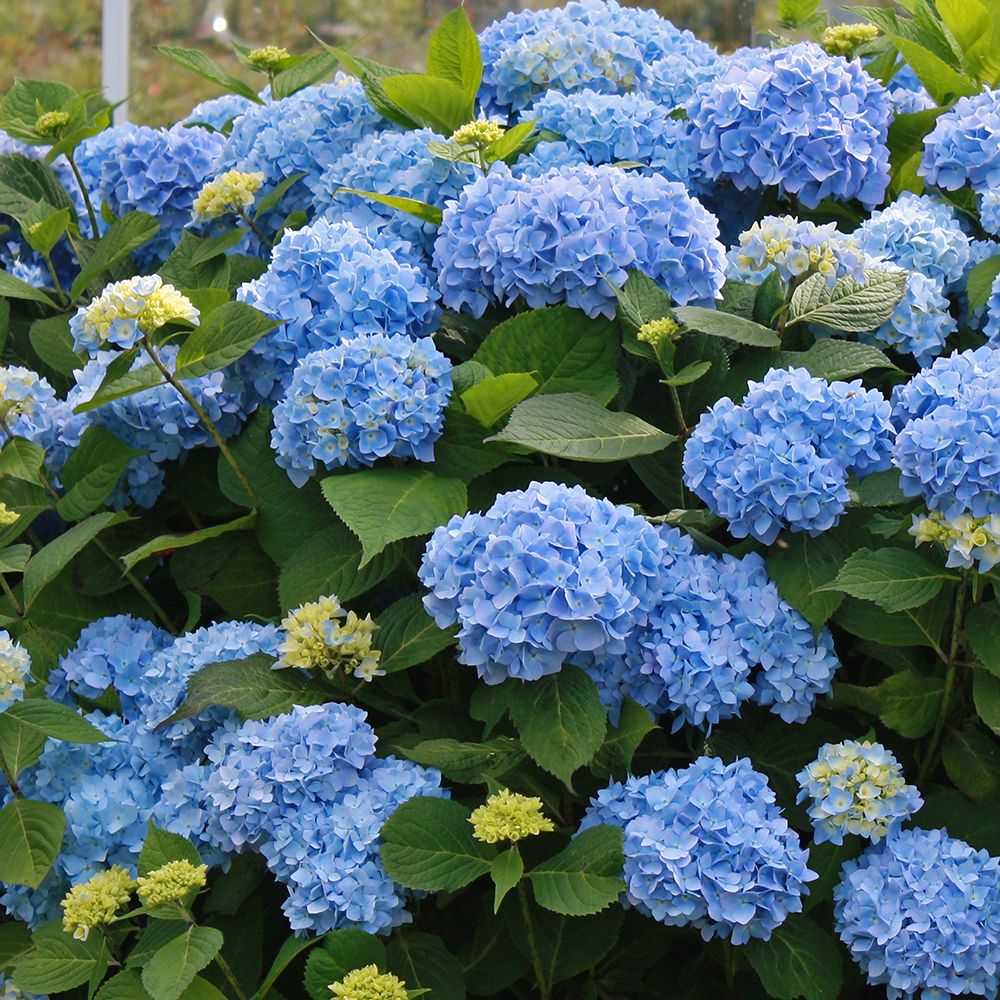
- Lacecap hydrangeas (Hydrangea paniculata): These hydrangeas have flat, lace-like flower heads that can be white, pink, or cream.
- Mountain hydrangeas (Hydrangea serrata): These hydrangeas have small, bell-shaped flowers that can be white, pink, or blue.
- Tree hydrangeas (Hydrangea arborescens): These hydrangeas can grow up to 15 feet tall and have large, white flower heads.

2. How do I care for hydrangeas?
Hydrangeas are relatively easy to care for, but they do need some special attention. Here are some tips for caring for hydrangeas:
- Plant hydrangeas in moist, well-drained soil.
- Give hydrangeas plenty of water during the growing season.
- Fertilize hydrangeas in the spring with a balanced fertilizer.
- Prune hydrangeas in the late winter or early spring.
- Protect hydrangeas from frost in the winter.
3. Why do hydrangeas change color?
The color of hydrangeas is affected by the pH of the soil. In acidic soil, hydrangeas will be blue or purple. In alkaline soil, hydrangeas will be pink or red. You can change the color of your hydrangeas by adjusting the pH of the soil.
4. What are some common problems with hydrangeas?
Some common problems with hydrangeas include:
- Leaf spot: This is a fungal disease that causes brown or black spots on the leaves.
- Pests: Hydrangeas can be susceptible to pests such as aphids, scale, and spider mites.
- Winter damage: Hydrangeas can be damaged by frost if they are not protected.
5. Where can I buy hydrangeas?
Hydrangeas are available at most garden centers and nurseries. You can also buy hydrangeas online.
Image of hydrangea flower plant
5 different images of "hydrangea flower plant" from Pinterest:
- Hydrangea macrophylla in full bloom. This type of hydrangea is known for its large, round flower heads that can be blue, pink, or white.

- Hydrangea paniculata in bloom. This type of hydrangea has smaller, cone-shaped flower heads that can be white, pink, or purple.
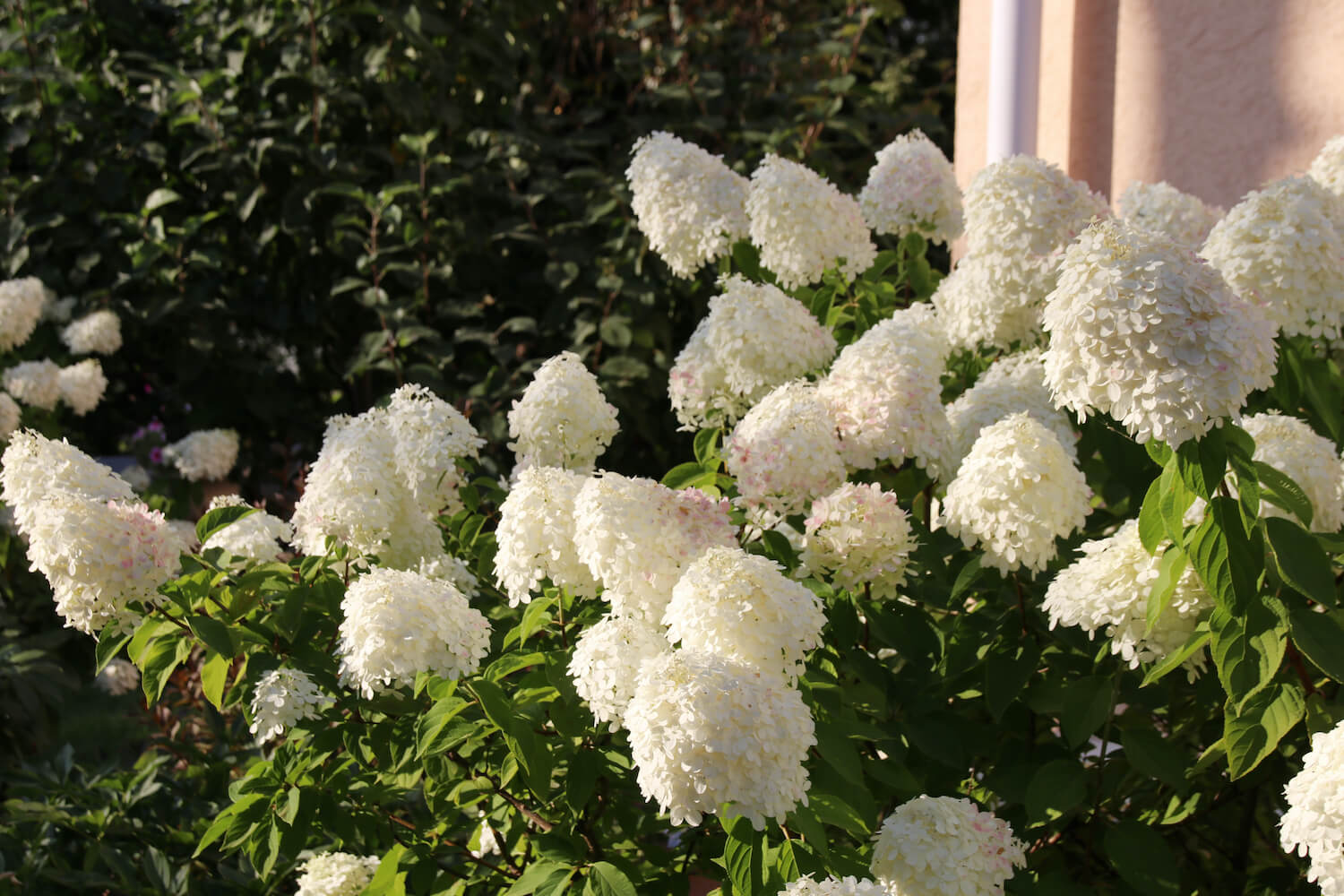
- Hydrangea arborescens in bloom. This type of hydrangea is known for its white lacecap flowers.
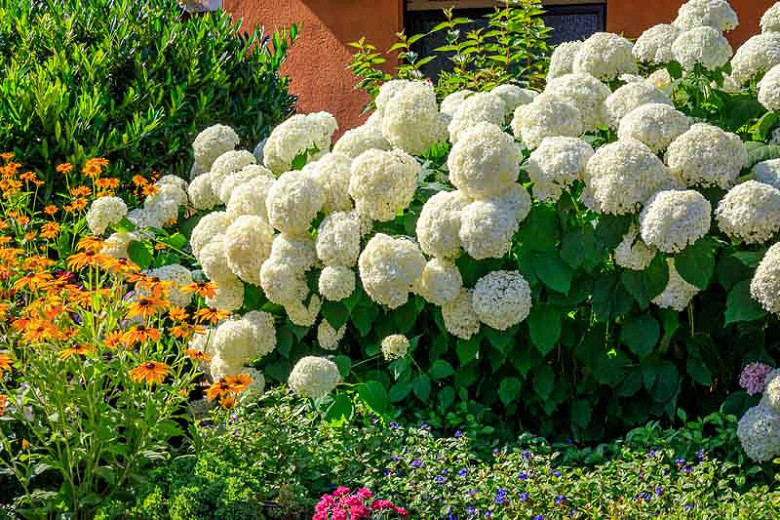
- Hydrangea quercifolia in bloom. This type of hydrangea has large, oak-shaped leaves and pink or blue flowers.
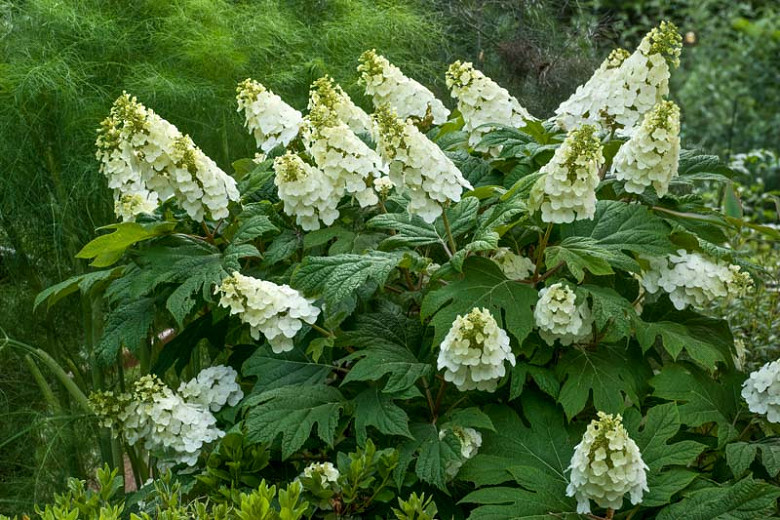
- Hydrangea serrata in bloom. This type of hydrangea has small, lacecap flowers that can be blue, pink, or white.

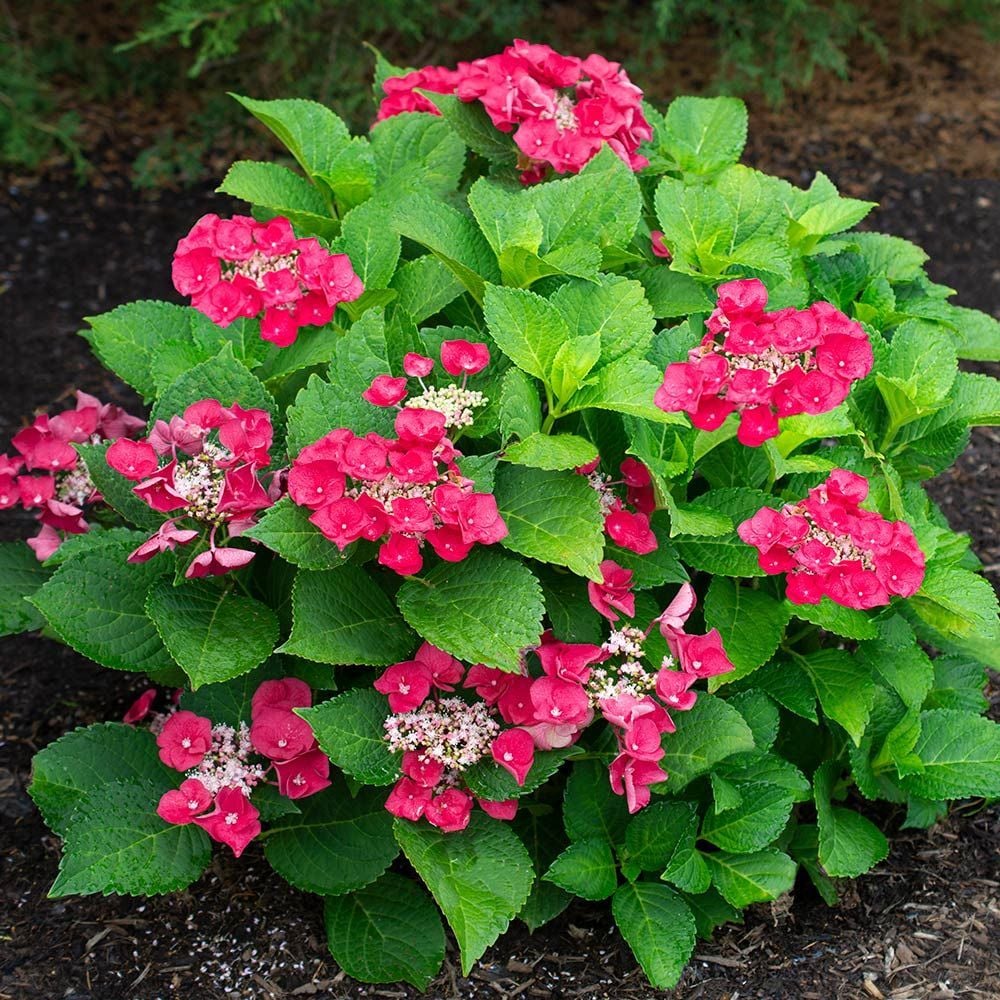
Post a Comment for "Grow Your Own Hydrangeas From Cuttings"